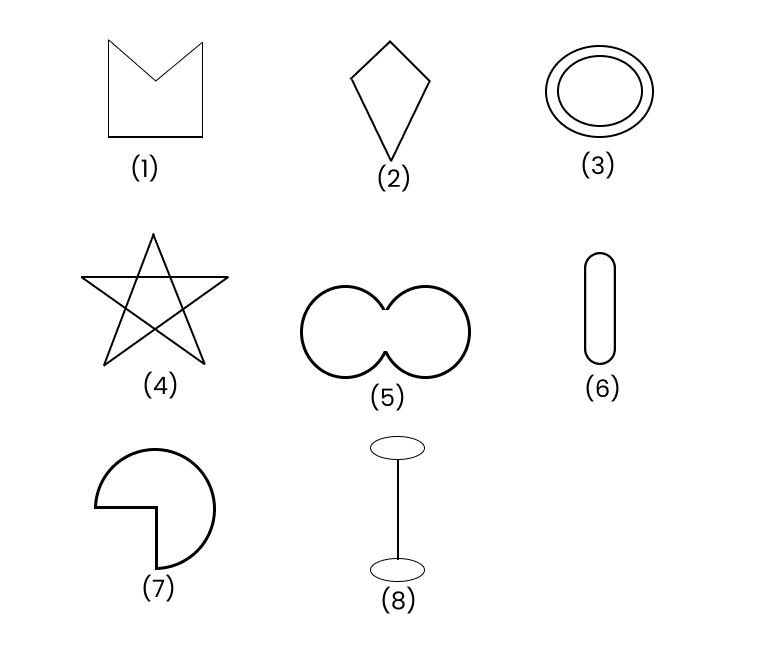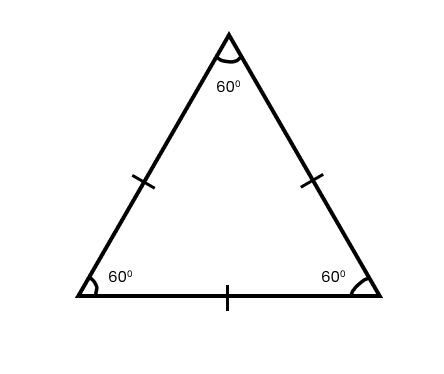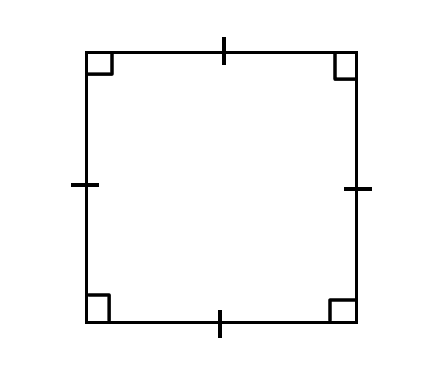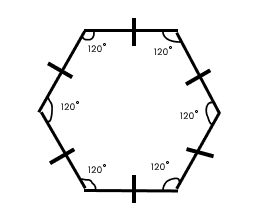Understanding Quadrilaterals Class 8 Questions and Answers - Free PDF Download
Recently Updated Pages
NCERT Solutions for Class 8 Maths Chapter 8 - Algebraic Expressions and Identities PDF

NCERT Solutions for Class 8 Maths Chapter 7 - Comparing Quantities PDF

NCERT Solutions For Class 8 Maths - Cubes And Cube Roots

NCERT Solutions for Class 8 Maths Chapter 7 Cubes And Cube Roots.

NCERT Solutions For Class 8 Maths - Squares And Square Roots

NCERT Solutions for Class 8 Maths Chapter 5 - Squares and Square Roots PDF

Trending pages
NCERT Solutions For Class 8 Science All Chapters - 2025-26

NCERT Solutions for Class 8 Science Chapter 8 Force And Pressure 2025-26

NCERT Solutions For Class 8 Social Science All Chapters - 2025-26

NCERT Solutions For Class 8 Maths Chapter 8 Algebraic Expressions and Identities - 2025-26

NCERT Solutions For Class 8 Hindi Vasant All Chapters - 2025-26

NCERT Solutions For Class 8 Maths Chapter 7 Comparing Quantities - 2025-26












